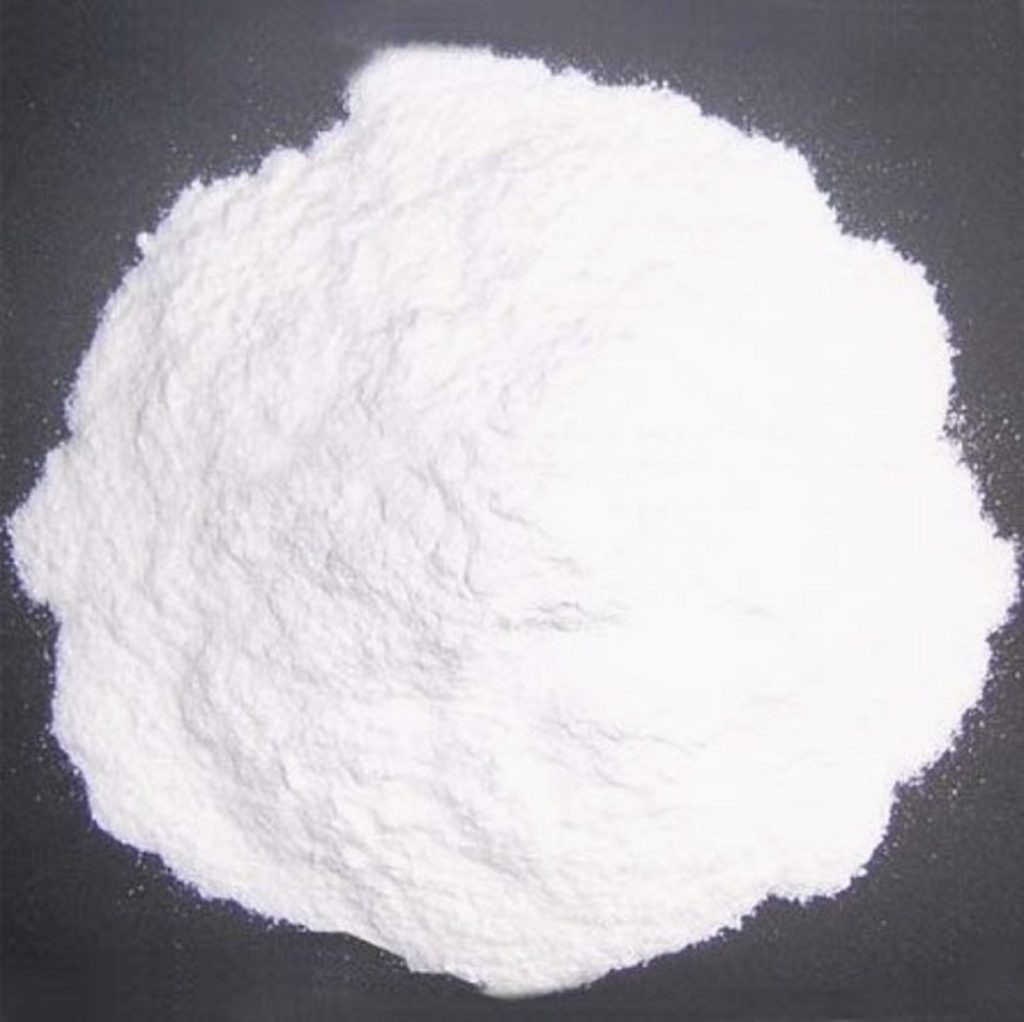Does Zinc Oxide Mineral Sunscreen Contrast with Synthetic lotion?
Zinc oxide is a characteristic mineral known as incite. It has been utilized securely for ages to protect against the destructive impacts of the sun. Assembles a dainty film of miniature fine particles over the skin this guarantees a defensive actual obstruction over the skin guaranteeing the most incredibly complete assurance for your skin lasting through the year. Actual sun blocks, like zinc oxide, work by genuinely mirroring the sun’s beams and are viable against both UV-B and UV-A beams. Dissimilar to synthetic sunscreen fixings, zinc oxide cannot be ingested into the skin and is not utilized by the body. Furthermore, dissimilar to most substance sunscreen fixings, zinc oxide is known to be steady and it will not debase in the sun. Too, it is the main sunscreen fixing perceived by the FDA as a Class I Skin Protestant and is suggested for use on naturally tested skin. Zinc is generally insoluble in water, yet is solvent in acids and antacids. Utilized as a Sunscreen and enemies of microorganisms in beauty care products, zinc oxide has astounding screen impact to UV-An and UV-B. for use on lips, face, body and nails.
Synthetic Sunscreens

Synthetic sunscreen fixings are intended to assimilate parts of the UVB copying beams or UVA reason for maturing and skin disease beams and are regularly utilized in mix to accomplish satisfactory UVB and, best case scenario, restricted UVA assurance Numerous sunscreens just safeguard against UVB beams and permit infiltration of harming UVA beams Normal substance sunscreen fixings are known cancer-causing agents and additionally chemical disrupters, including , DEA, TEA, paginate-o, octal diethyl PABA, , and parade’s.
UV-An an UV-B – what are they
UV-B beams are generally usually connected with burns from the sun yet it is the UV-A beams which infiltrate through the external layers of the skin to the dermis, or base layer of the -A beams are thought by a larger number of people to cause wrinkling or untimely maturing of the skin. Also, zinc oxide manufacturers UV-A beams can cause concealment of the safe framework and can add to the advancement of melanoma. Sunscreens which artificially ingest beams have for some time been viable against UV-B beams. New synthetic substances are being added today to assist with screening some UV-A beams. A portion of these synthetic substances, nonetheless, are remembered to decay in light and might actually hinder with UV-B retaining fixings, while others can make disturbances the skin or more regrettable.